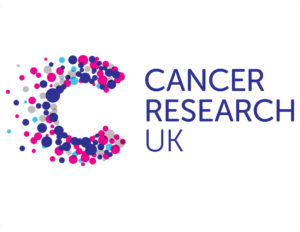Guideline discordant diagnostic care: when do referrals not reflect guidelines for suspected cancer?
Start Date Jun 2018
Code E10-Aff
Status Completed
In 2015, NICE updated guidelines for recognition and referral of patients with suspected cancer in primary care, intending to increase the proportion of cancer patients diagnosed with early stage disease. However, guidelines are only effective if they are implemented. Non-compliance with recommendations can sometimes be explained (and is explicitly allowed for in the guidance) but frequently is inexplicable. In this project we will investigate the implementation of the guidelines for patients presenting with symptoms of possible cancer in primary care, concentrating on discordant behaviour in respect of the guidelines.
Funding
CRUK, Early Diagnosis Advisory Group, £116,941.34
Aims & objectives
For a range of exemplar symptoms, we aim to:
- Assess the extent to which symptom-based recommendations about referrals included in NICE guidelines are not followed.
- Establish patient factors associated with guideline discordant/concordant care.
- Quantify the proportion of potentially explicable non-compliance for an exemplar symptom.
- Assess the extent of variation in guideline discordant/concordant referral decisions between individual GPs and practices.
Methodology
We will use data from the Clinical Practice Research Datalink (CPRD). CPRD is a unique resource internationally containing coded primary care data for around 10% of the English population, including information on consultations, diagnoses, symptoms, tests and referrals. The data will be linked to data held by the National Cancer Registration and Analysis Service (NCRAS).
We will focus on symptoms with clear and unambiguous recommendations for TWW referrals (restricting the analysis to guideline specified age/gender groups: haematuria, PR bleeding, breast lump, post-menopausal bleeding, dysphagia and anaemia.
We will study patients presenting with such symptoms regardless of whether or not they are subsequently diagnosed with cancer due to the fact that at the time of presentation and referral the diagnosis of cancer has not been made. It is important to examine the degree of guideline implementation among all patients for which urgent referral is mandated, not only those who transpire to have cancer.
Outputs & impact
In a landmark 2004 paper, Lilford et al stated “those who wish to improve care for patients and not penalise doctors and managers, should concentrate on direct measurement of adherence to clinical and managerial standards”.
We will apply this approach to cancer diagnosis. Appreciating which patient groups are at greater risk of non-referral against guideline recommendations can help target improvement efforts. This evidence will be of immediate use to GPs and schemes such as CRUK cancer facilitators and Macmillan GPs. They can inform educational materials and novel interventions targeting early diagnosis.
Whilst quality measurement is not our primary focus, we will make preliminary investigations into the potential use of guideline discordant care as a quality indicator informed by our previous work suggesting that process indicators encompassing patients with and without cancer are generally statistically reliable.
Publications
-
Wiering B, Lyratzopoulos G, Hamilton W, Campbell J, Abel G. Concordance with urgent referral guidelines in patients presenting with any of six ‘alarm’ features of possible cancer: a retrospective cohort study using linked primary care records. BMJ Quality & Safety, Oct 2021. doi: 10.1136/bmjqs-2021-013425



